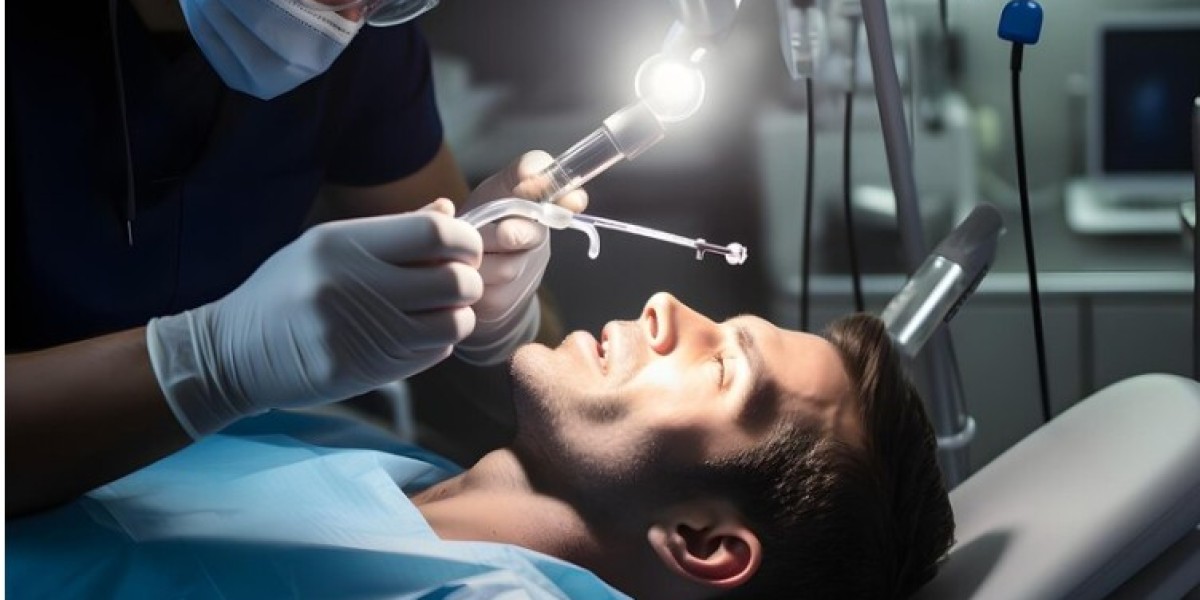A dazzling smile is often considered a universal symbol of confidence and self-assurance. While orthodontics has long been associated with correcting misaligned teeth, the integration of jaw surgery has revolutionized the field, offering comprehensive solutions for more complex dental issues. This blog explores the dynamic relationship between orthodontics jaw surgery and jaw surgery, shedding light on how these two disciplines collaborate to transform smiles and improve overall oral health.
Understanding Orthodontics:
Orthodontics is a specialized branch of dentistry focused on diagnosing, preventing, and treating dental and facial irregularities. Common orthodontic issues include crowded or misaligned teeth, overbites, underbites, and crossbites. Traditional orthodontic treatments, such as braces and aligners, primarily target tooth movement, aiming to achieve proper alignment and bite.
However, there are cases where the underlying issue extends beyond the positioning of teeth, involving discrepancies in the jaw structure. This is where orthodontics intersects with maxillofacial or jaw surgery.
The Role of Jaw Surgery:
Jaw surgery, also known as orthognathic surgery, addresses more complex dental problems related to the jaw and facial structure. Unlike orthodontic treatments that focus on moving teeth, jaw surgery involves surgical intervention to reposition the upper and lower jaws. This surgical approach is crucial when the misalignment is due to skeletal discrepancies, which cannot be fully addressed by orthodontic methods alone.
Common reasons for recommending jaw surgery include severe overbites or underbites, facial asymmetry, difficulty chewing or speaking, and issues related to the temporomandibular joint (TMJ). By correcting the positioning of the jaws, orthognathic surgery not only enhances facial aesthetics but also improves functionality and overall oral health.
The Symbiosis of Orthodontics and Jaw Surgery:
The collaboration between orthodontics jaw surgery exemplifies a synergistic approach to comprehensive dental care. The process typically begins with a thorough examination and diagnosis by an orthodontist who identifies the extent of the dental and skeletal irregularities. Orthodontic treatments are often initiated first to align the teeth and create a solid foundation for subsequent jaw surgery.
Once the teeth are properly aligned, the orthodontist collaborates with an oral and maxillofacial surgeon to plan the surgical phase. Advanced imaging technologies, such as 3D imaging and virtual surgical planning, play a crucial role in precisely mapping out the surgical procedure. This collaborative effort ensures that the surgical intervention complements the orthodontic treatment, resulting in a harmonious and functional bite.
Benefits of Orthodontics and Jaw Surgery:
Improved Aesthetics: Orthodontics and jaw surgery together can significantly enhance facial symmetry and create a balanced profile, leading to a more aesthetically pleasing appearance.
Enhanced Functionality: Correcting jaw misalignments not only improves the appearance but also enhances the functionality of the jaws, facilitating better chewing, biting, and speaking.
Long-Term Stability: The combination of orthodontic and surgical interventions aims for a stable and lasting result, reducing the likelihood of relapse or the need for further corrective measures.
Treatment of TMJ Disorders: Jaw surgery can be instrumental in addressing temporomandibular joint disorders, providing relief from associated pain and discomfort.
Conclusion:
The integration of orthodontics and jaw surgery represents a remarkable advancement in the field of dentistry, offering comprehensive solutions for individuals with complex dental and skeletal irregularities. This collaborative approach not only transforms smiles but also improves overall oral health and functionality. As technology continues to evolve, the future holds even more promising possibilities for individuals seeking a harmonious and confident smile through the symbiosis of orthodontics and jaw surgery.






